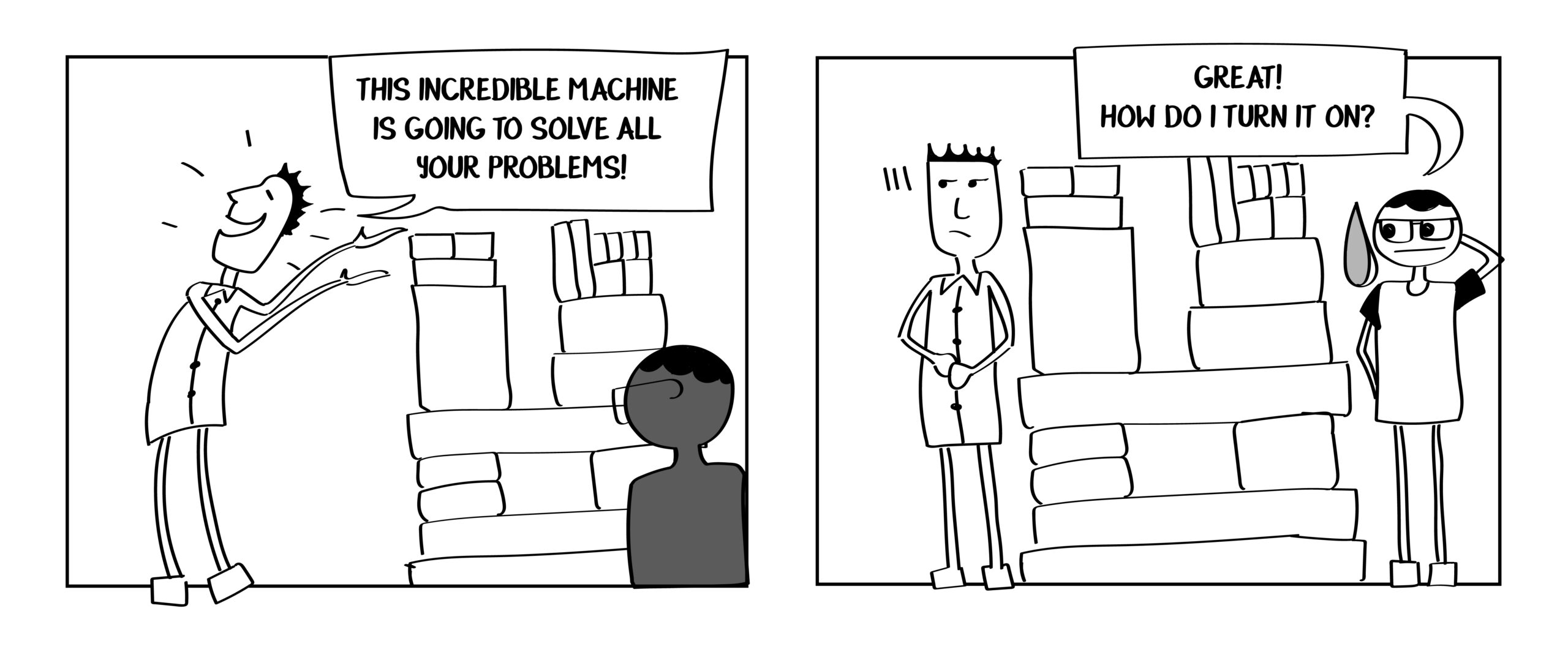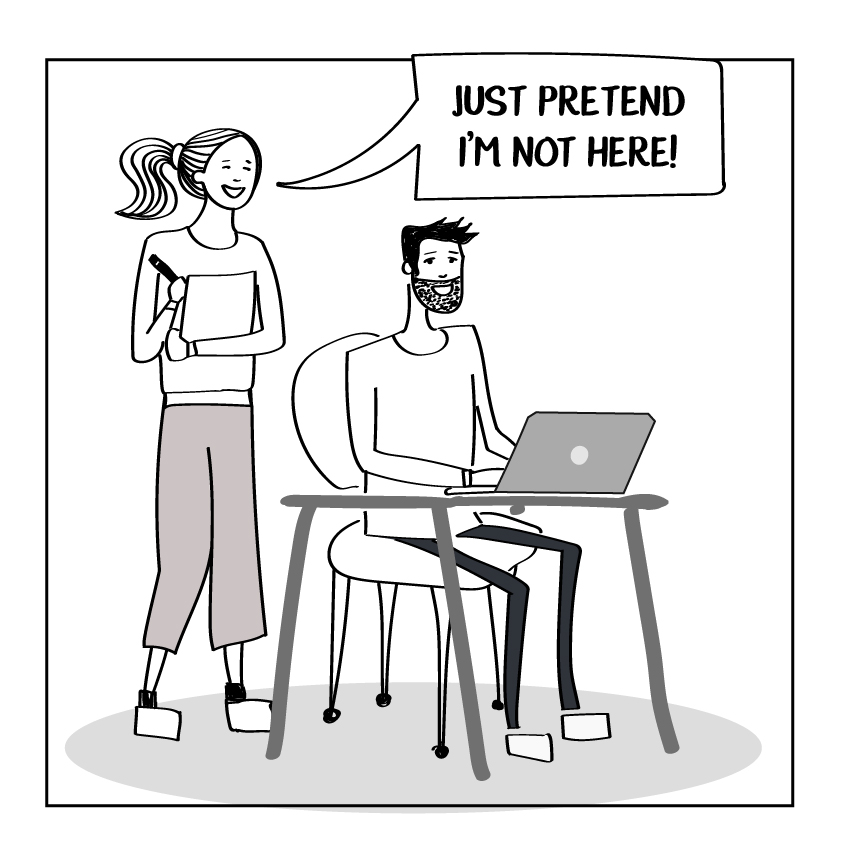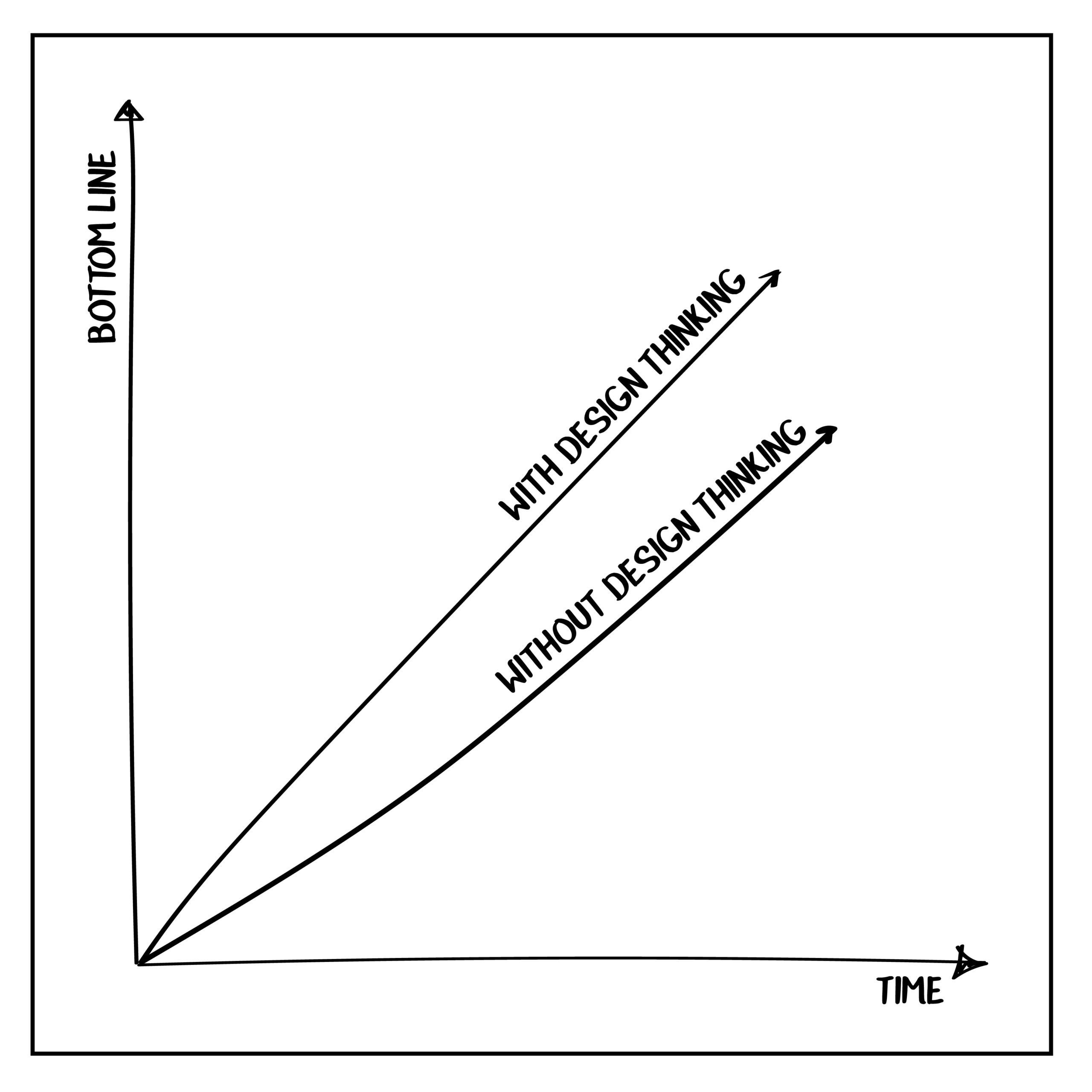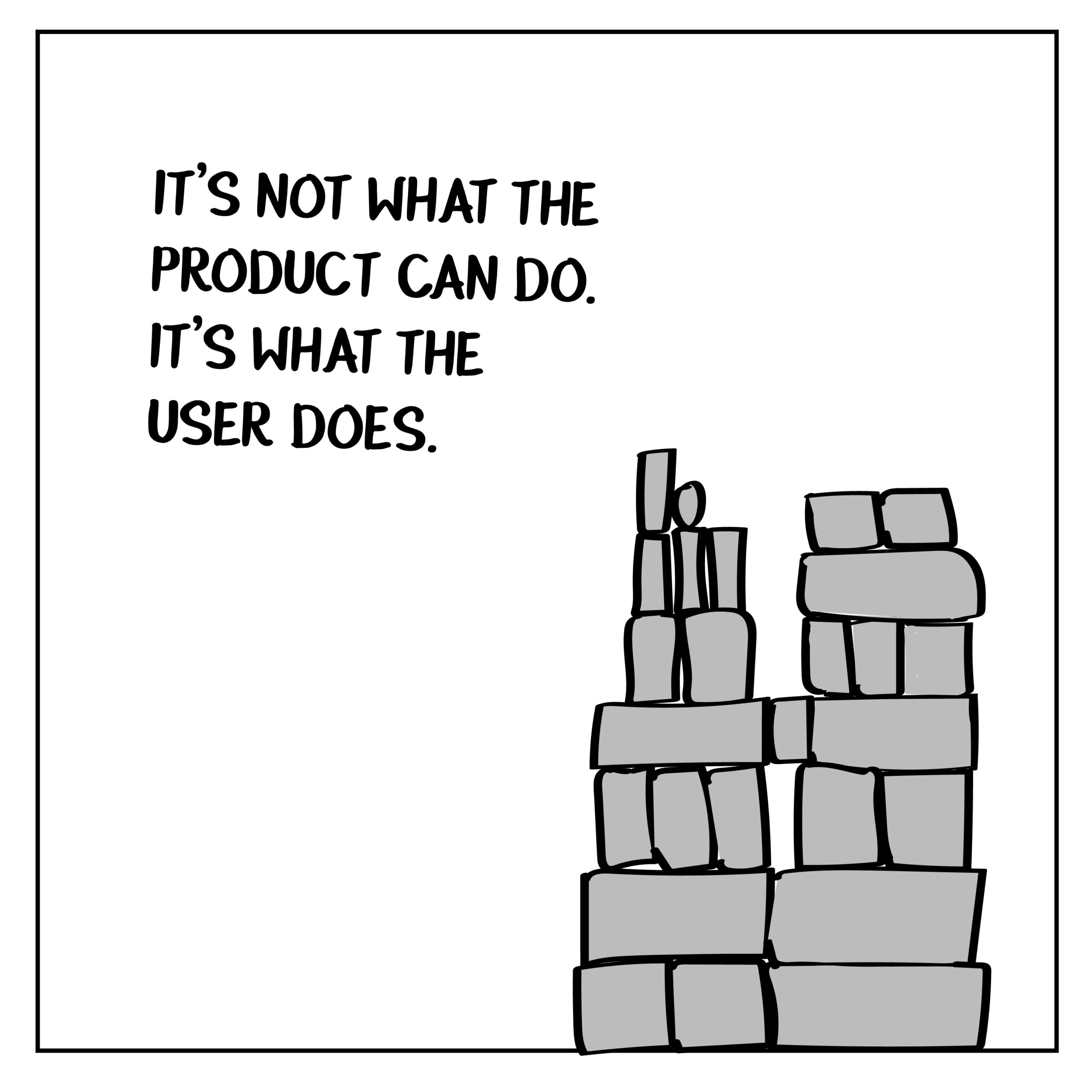
Head of Technology
TNQTech’s product journey began with a bold vision to build cutting-edge technology that would improve our production operations. With a strategy deeply rooted in leveraging our domain expertise, we embraced machine learning models well ahead of others in the industry and have gone on to inject some incredible efficiencies in our processes. This forward-thinking approach set us apart and our focus on technology has only grown multifold.
Our approach, while successful, brought us to a critical crossroads where we began to realise the need for a more nuanced understanding of our users and their interactions with our technology. Looking back, it’s clear that our successes were not the fruits of a deliberate focus on design thinking. Rather, they occurred despite its absence.
As we ventured further with advanced AI, new challenges began to surface. We were pioneers in adopting these sophisticated technologies, but we soon noticed a disconnect. Our solutions were technically sound, but their adoption and impact weren’t meeting our expectations. This was a moment of introspection for us – a realisation that there was a gap in how our products resonated with the users and the broader ecosystem.

This insight led to a paradigm shift in our thinking. We realised that our focus on technology, though important, was only one part of the equation. The other was understanding user and author experience – their motivations, perceptions, and the actual usage of our products.
We have now flipped our approach to building products on its head. Our new focus is on understanding the nuances of our users’ behaviour, mental models and pain points, drawing on insights from both qualitative and quantitative research to inform our design decisions.

We're engaging in a collaborative process with a focus on ‘co-creation’, bringing together diverse perspectives to create more holistic and impactful solutions. By understanding different user personas and their specific needs, we are tailoring our designs to ensure that our technology not only meets but exceeds user and author expectations.
Our team now takes a data-informed approach. Our products have a data pipeline that feeds us insights on usage. Alongside that we sit down with the users to observe, listen, ask questions, and draw inferences. This has fundamentally shifted our mindsets, our processes, and our outcomes.

We see design thinking as more than just a methodology; it is a lever for competitive advantage. It requires us to be agile and to foster a culture of continuous learning and innovation. It demands of us to create sound solutions that present as technically efficient products. It needs us to resonate with our users and authors and fit seamlessly into their lives. So seamless it feels like we were never here, and simultaneously like we have always been here.
Once we wholeheartedly adopted this change, design thinking began pushing the boundaries of product development to include comprehensive business solutions. We're now looking at how our solutions interact with and impact the broader research publishing ecosystem they inhabit. It's a holistic approach that considers second-order effects and the broader implications of our technology.

As we integrate design thinking into our ethos at TNQTech, we're matching it up with our judicious use of AI. We’re building products that are designed for that optimal balance of automation and human intervention that we are all after. This transformative journey opens new windows of opportunity, allowing us to explore uncharted territories in the realm of technology and design.
It is an exciting time for me and my team. We will continue to focus on solutions that are firmly aligned with our operational efficiency needs, our business strategic direction, and making life easy for our users.